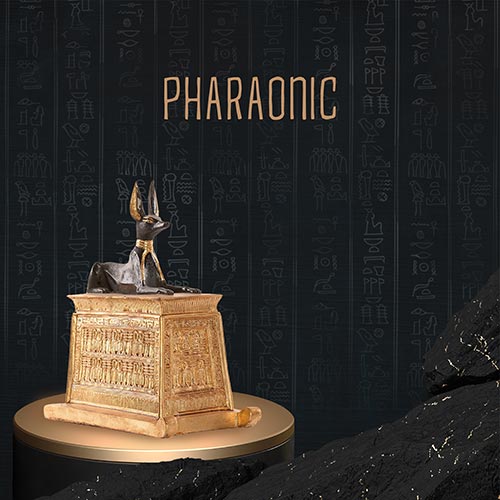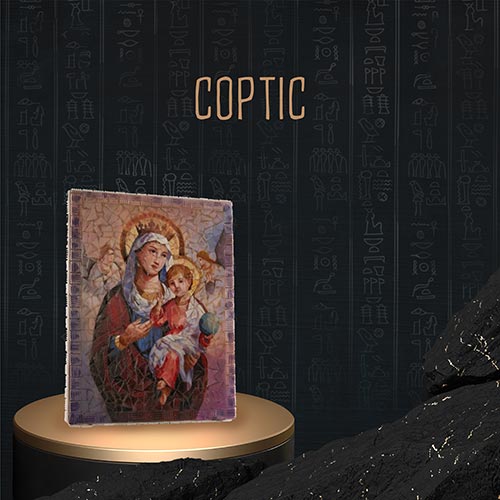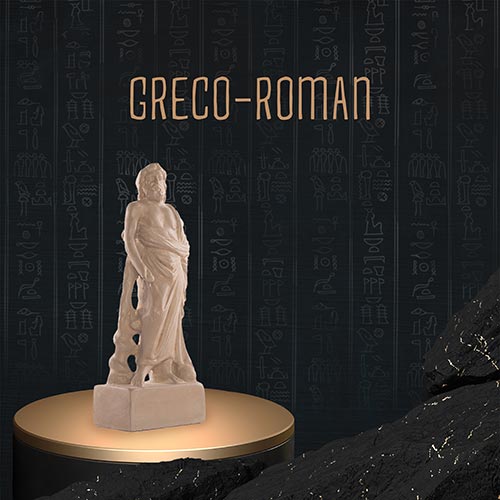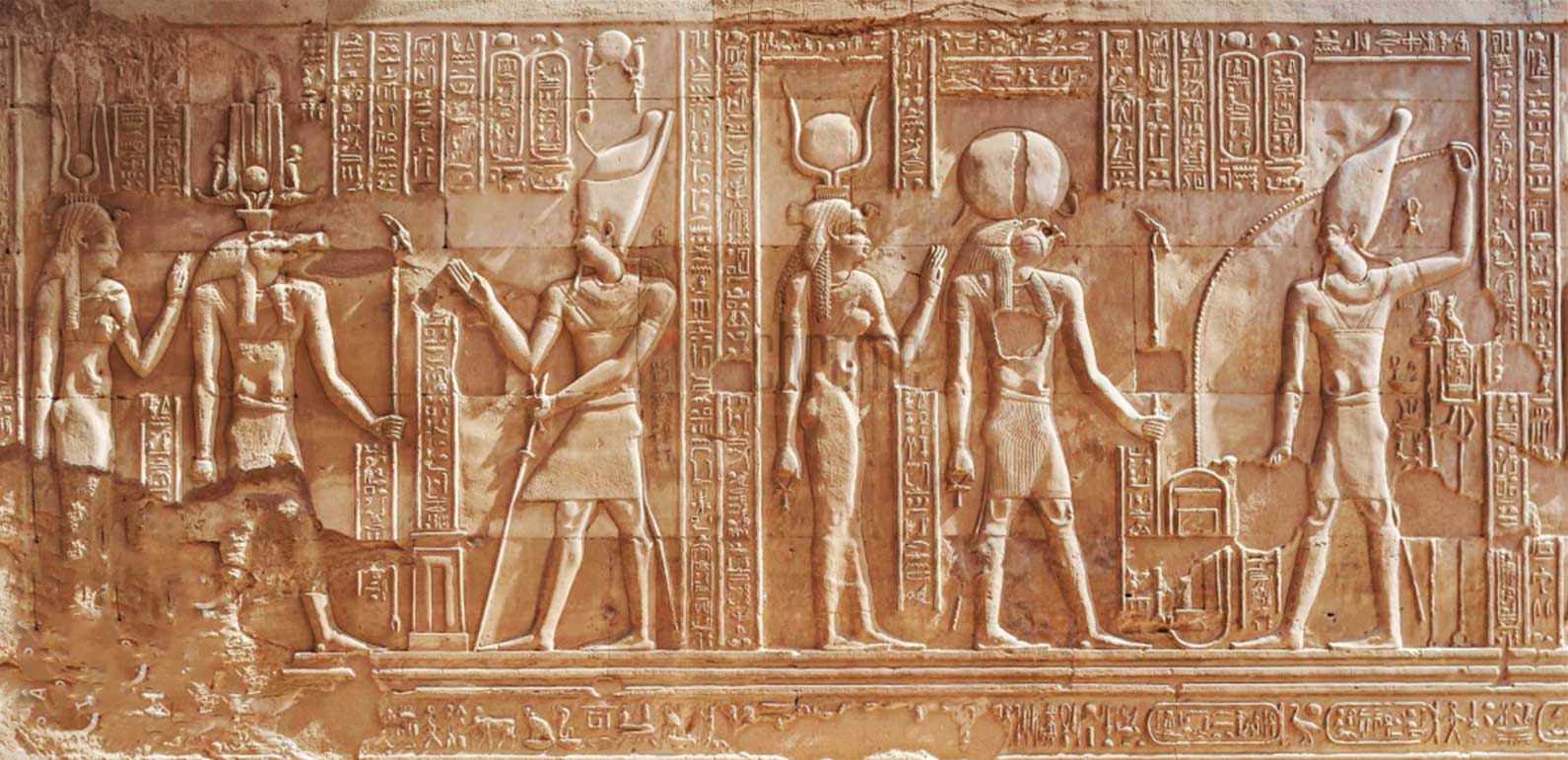
The pharaonic era was a realm of enigmas and spirituality dominated by several Egyptian deities, which were considered the main elements of Egyptian religion and mythology. where ancient Egyptians devoted their prayers to worshiping different ancient Egyptian gods and goddesses from various abstract, natural, and social concepts and phenomena for endless millennia. Let us unravel some of these revered Egyptian deities’ stories, each weaving a narrative that transcended the boundaries of the living and the dead and held the threads of creation, justice, and protection in their divine hands.
Each god was a force of nature with their own remarkable powers; they guided and shaped the destiny of their worshipers. History tells us the stories of the Egyptian gods and their triumphs in battles, how they were the guardians of the cosmic order, and how inspiring and influential they were to their worshippers and the entire world.
Amun God of Egypt: The God of all gods
In the heart of Thebes, Amun reigned supreme, an Egyptian god whose name meant "Hidden One, Mysterious of Form." As the god of all Egyptian gods, Amun was a complex deity with various roles and attributes; mainly, he was associated with air, fertility, and creation. His influence went across both the realms of the living and the dead. He was depicted as a human wearing a double-plumed crown and sometimes alternately as a ram or a goose. With the growth of Thebes, so did the power of Amun, a testament to the symbiotic relationship between God and the city.
Anubis: Protector of the Dead
Anubis is the guardian of the dead and the son of Osiris and Nephthys. One of his multifaceted roles as embalmer, and tomb protector, who guided the souls echoed through the chambers of eternity, determining the fate of souls through weighing their hearts against the feather of Ma'at that unfolded in the sacred halls of the underworld.
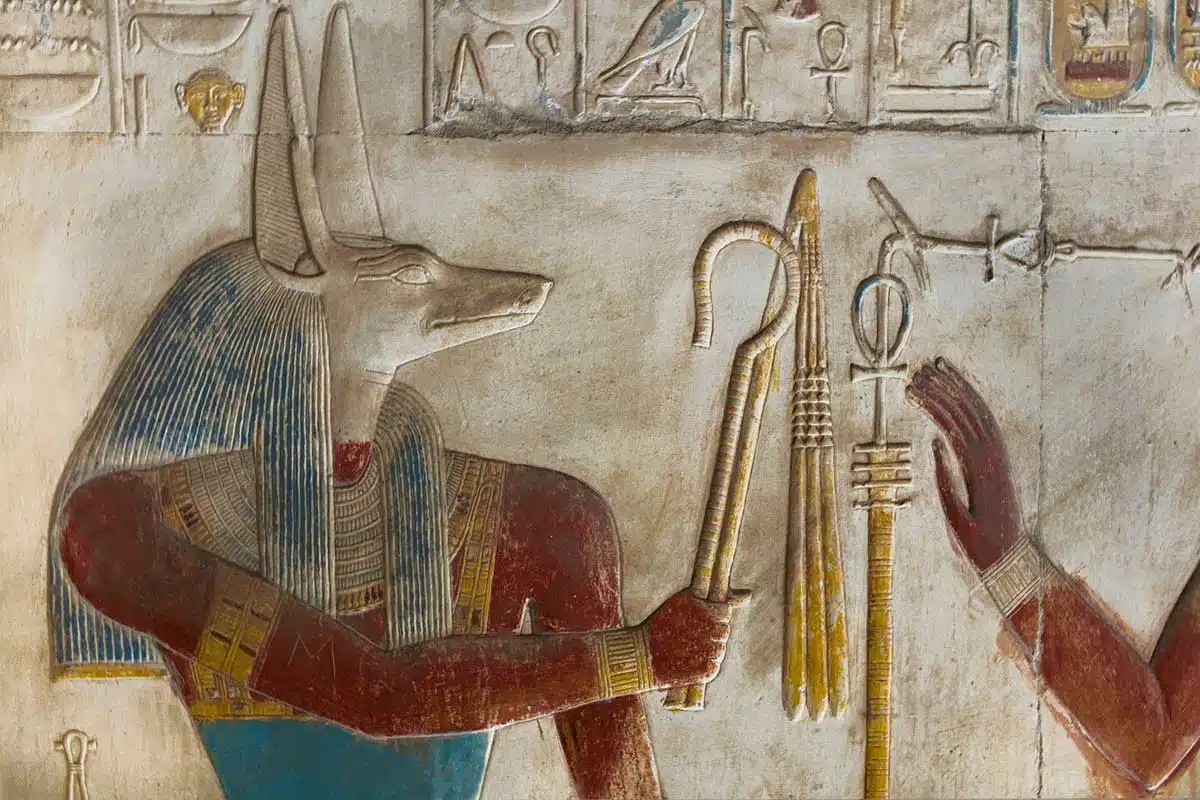
Khonsu god of the moon: God of Lunar
Khonsu, son of Amun and Mut, is the god of the moon. With a falcon head crowned by the crescent moon, Khonsu played a pivotal role in the cosmic creation myth.
Across the walls of Karnak, you can find the myth depicting Khonsu as the "Greatest God of the Great Gods" who breathed life into the world; his lunar disc was illuminating the tapestry of existence.
Osiris: God of Justice
Osiris is one of the five original Egyptian gods and the great grandson of Amun. He was murdered by his own brother Seth and resurrected by his devoted wife, Isis, to become the ruler of the underworld. In the hall of truth, he is the main judge who weighed souls against the feather of Ma'at, embodying the eternal pursuit of truth and justice. He is usually depicted as a mummy holding the crook and flail of kingship and wearing the white crown of Upper Egypt, flanked by two plumes of feathers on his head.
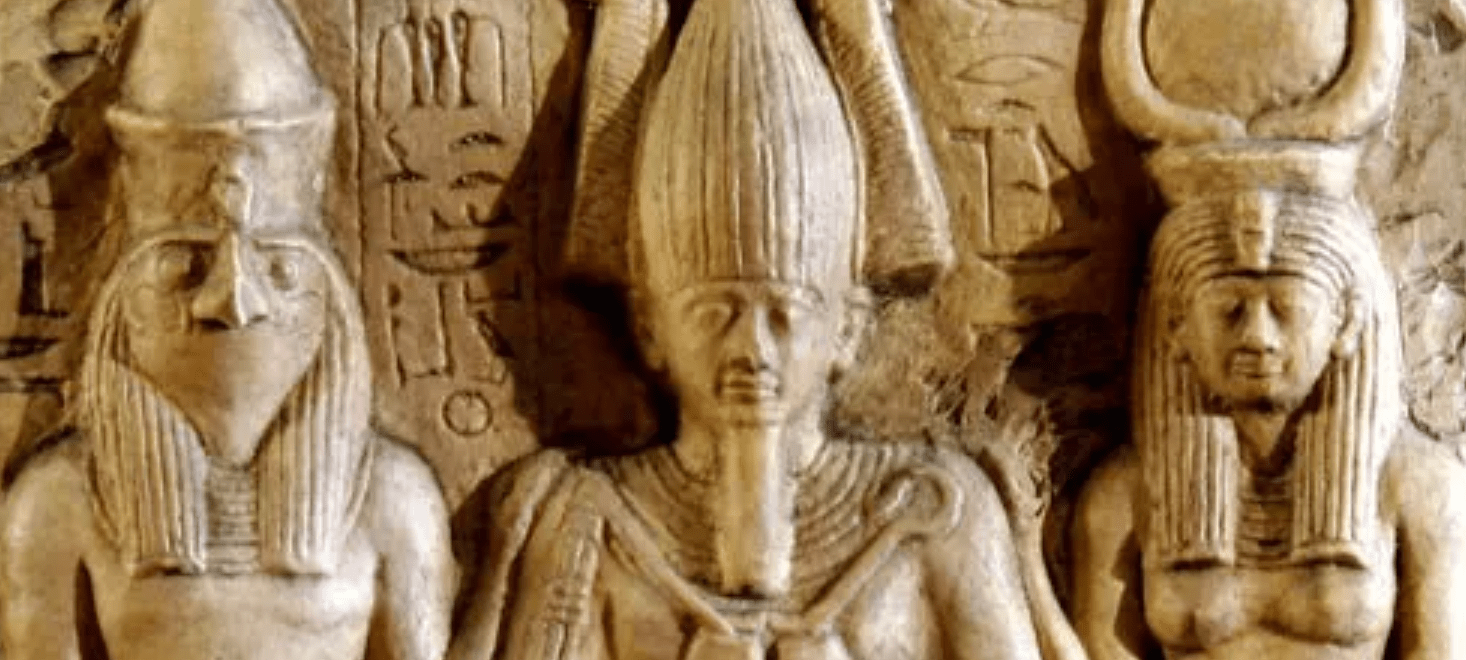
Egyptian God Ptah: God of Memphis
Ptah, the Lord of Truth, emerged in the ancient city of Memphis as the creator of worlds in Egyptian mythology; he was the patron god of craftsmen, sculptors, and artists. He was depicted as a mummified man who wore a skull cap and held a scepter combined with the Ankh and breathed life into the hands of creators and the dreams of artisans.
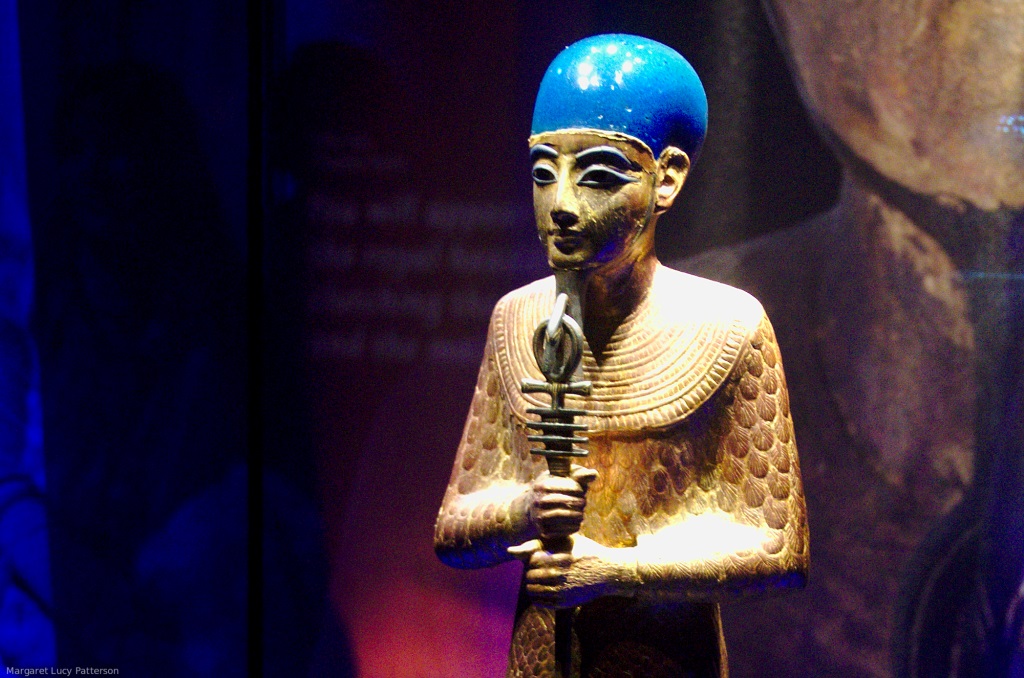
Horus: God of Sky
Born of the great union between Isis and Osiris, Horus the God of the Sky, his hawk-headed visage, and his iconic Eye of Horus told tales of his sacrificing to save his father; according to Osiris myth he challenged and defeated his uncle Set to avenge for his father and restore order and peace in Egypt.

The Egyptian Gods, whose tales have been preserved in myth and were revered for millennia, invite us to reveal their secrets and own a piece of their timeless stories, through authentic replicas certified by the Egyptian Ministry of Tourism and Antiquities.
